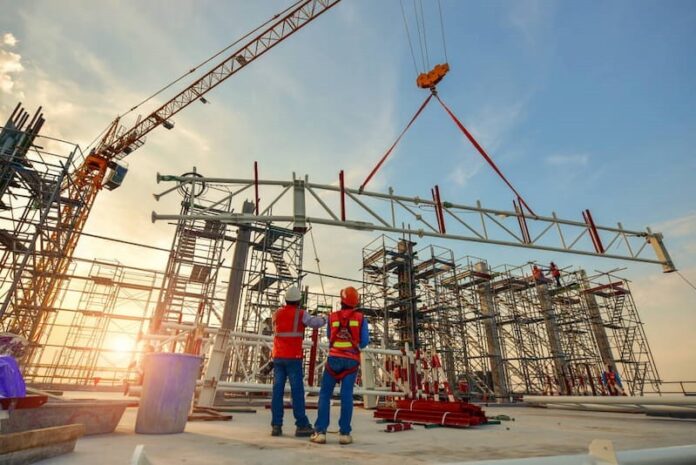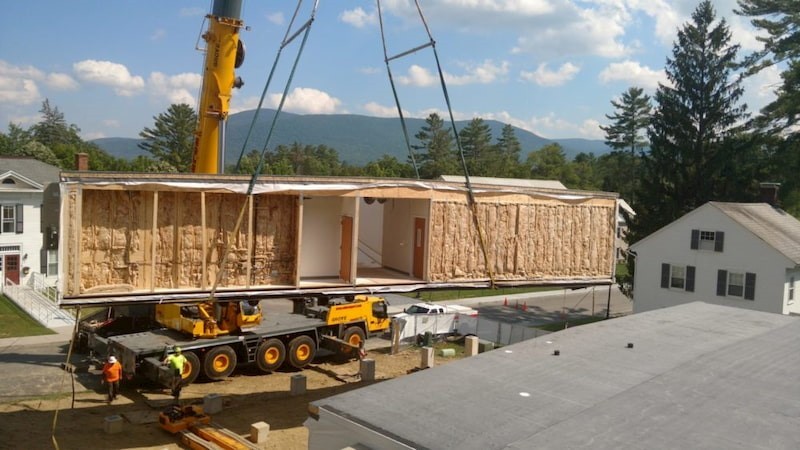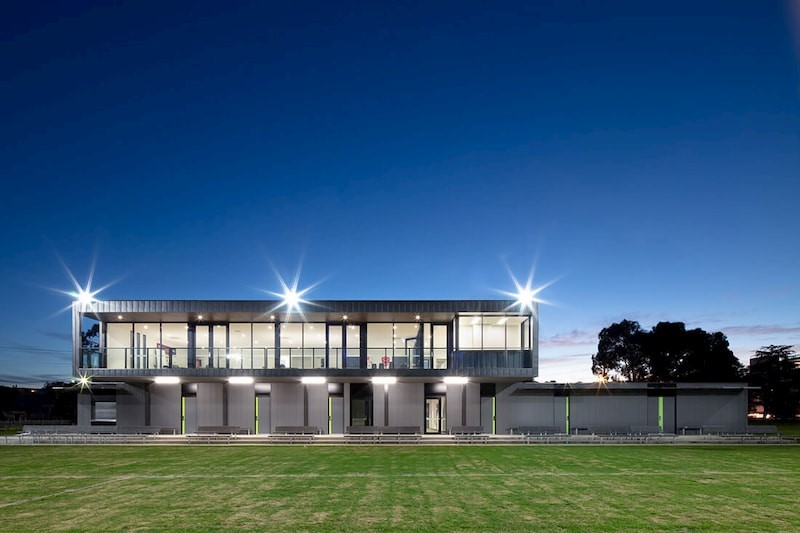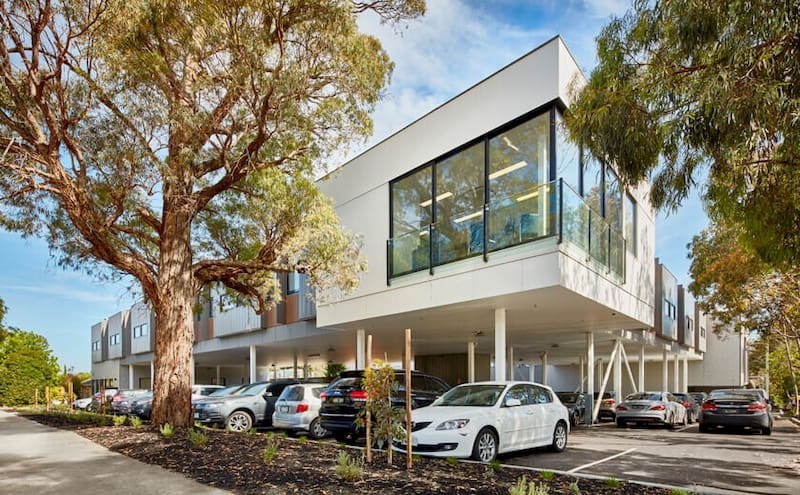Modular construction has long been utilized for the development of residential homes around the world, but what about commercial buildings? In the past few years, this innovative construction method has slowly started to gain popularity in the commercial sector too. So, let’s take a closer look as to why many businesses, organisations, educational and healthcare facilities are considering modular construction.
What Is Modular Construction?
Modular construction is the method of constructing a building with separate units called modules. These modules are built entirely in a controlled factory environment using state-of-the-art automated machinery. Once they are completed, the modules are transported to the desired location where they are “locked” together to form a complete building. There’s little to no construction taking place on the actual site.
Because of this, modular buildings are often confused with mobile ones. However, while the later are only temporary, modular buildings are designed to be permanent. But even though the separate modules are permanent structures, they are easy to disassemble, reconfigure or relocate. And it’s this flexible design that makes modular construction an especially attractive option for growing businesses and organisations. But apart from increased flexibility, commercial modular construction also has several other benefits.
Shorter Building Times
All separate modules are built away from the site in a controlled environment. This allows the site clearing work and the laying of the foundations to occur simultaneously with the construction work off-site. Similarly, in the off-site factory environment, there’s a so called “updown” construction taking place. In other words, the construction of the upper and lower parts of the building are occurring at the same time.
Additionally, modular construction doesn’t face the risk of certain delays that can be common in traditional construction. For instance, because all the materials, equipment and workers are present at the factory where the modules are being built, there’s no time lost on transportation. Additionally, since the construction takes place indoors, there’s no risk of bad weather disrupting the process. By avoiding these obstacles, the time it takes to complete the project is dramatically reduced. In fact, it has been found that by using modular construction projects can be completed up to 50-60% faster than when using traditional methods.
A Quicker Return of Investment
And due to the shorter construction times, a commercial facility built the modular way is able to open a lot faster. As a result, this allows companies and organizations to start generating profit sooner. The quicker return of investment means that commercial entities will experience less of a burden on their budget because they can bounce back from the cost of construction much faster.
Higher Quality
Quality control is at the top of the list of reasons commercial modular buildings are gaining popularity. Because the building takes place in a factory environment and with the help of automated machines, there’s more stringent quality control over the whole process. Additionally, most of the building takes place in a controlled environment, sheltered from the elements. Likewise, the building materials are kept protected at the same place, which reduces the risk that mould or imperfections like lumber warp appear. All of this leads to sturdier and more durable structures and superior quality standards.
Less Expensive
Although one would think that shorter building times and increased qualities will mean that modular construction is more expensive than the traditional method, it’s often the other way around. Building a commercial modular structure involves less costs due to the reduced labour, building times and transportation. The only transportation costs involved are the costs of bringing the modules to the site, which is usually a process that takes place over a day or two. What’s more, because modular constructions experience less structural damage, these buildings are more affordable to maintain in the long run.
Sustainable and Energy-Efficient
More and more Australian businesses are concerned about sustainability and are trying to adopt sustainable practices in their operations. Having an eco-friendly and sustainable building can certainly help in boosting image, but there’s also the fact that these buildings generate fewer energy expenses. Many modular buildings can be sustainable and energy efficient. For one, since this construction method is more flexible and gives clients greater freedom of choice, they can opt for using ethically sourced materials from renewable resources. Additionally, the construction produces less pollution due to the reduced transportation and on-site work. Furthermore, less construction material is wasted and the material that is considered waste, is often reused for other projects instead of being discarded.
And then there’s also the fact that all modular buildings have an energy-efficient design. Each module has its own walls, ceiling and floors, so when they’re brought together, their parts double the thickness which improves the insulation of the building. That being said, modular commercial buildings can experience reduced heating and air-conditioning costs. And nowadays, it’s a fact that energy costs in Australia increasingly go up and can place a huge burden on the finances of businesses and organisations.
A Solution for Sites That Are Difficult to Access
Imagine having to build a private hospital or some other commercial facility in a hard to reach rural part of Australia. Using typical on-site construction methods, the whole project will take more than a year. However, by opting to have a commercial building built the modular way, there’s no need to continuously ship materials, equipment and work force to the remote site. Not only does this cut down the build time dramatically, but it also reduces the risk that materials and equipment get damaged during the transportation. Additionally, modules can be built using materials and strategies that allow them to withstand harsh climates, like cyclone prone coastal regions, outback locations and mountain areas.





















